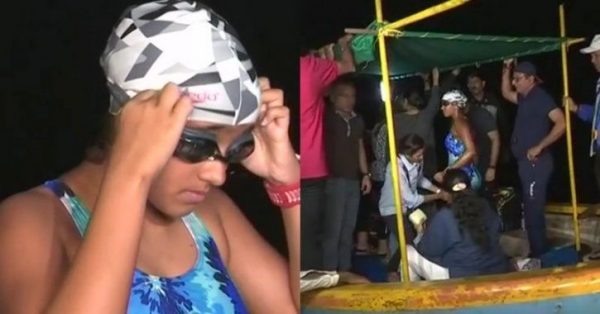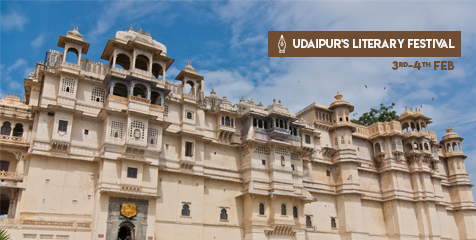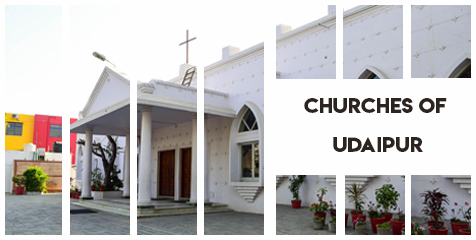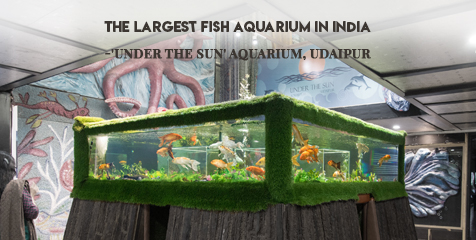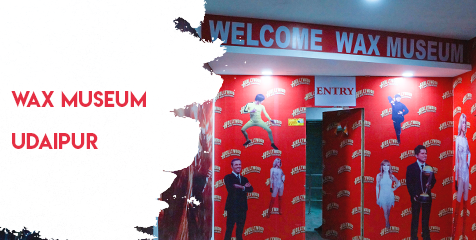Posted inNews
Gauravi Singhvi from Udaipur swims 48 Km, Makes a new record!
14-year-old, Gauravi Singhvi from the City of Lakes has swum for nine hours from Juhu Beach (Khar Danda) to Gateway of India at the southern tip of the metropolis (Mumbai).…
